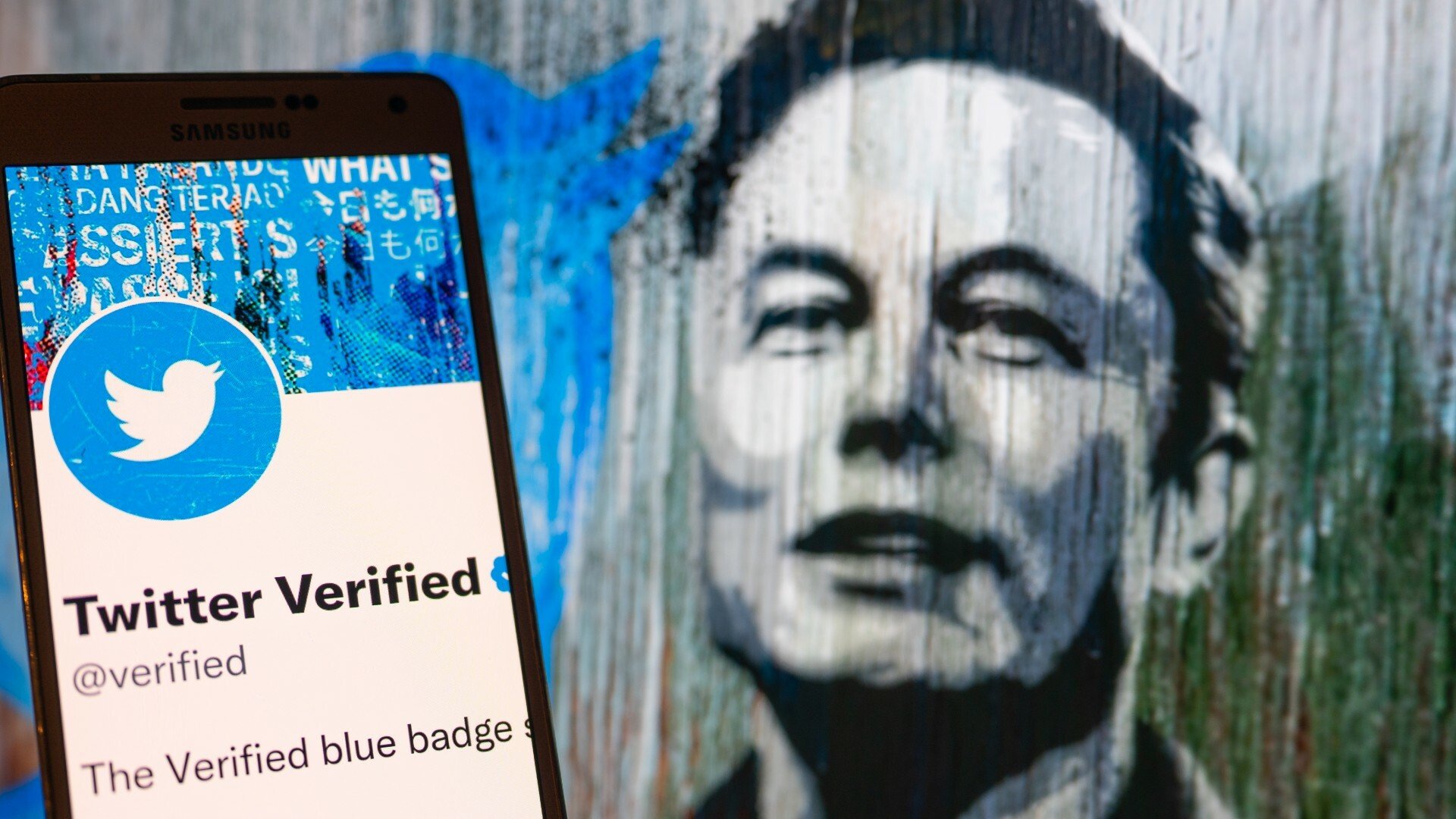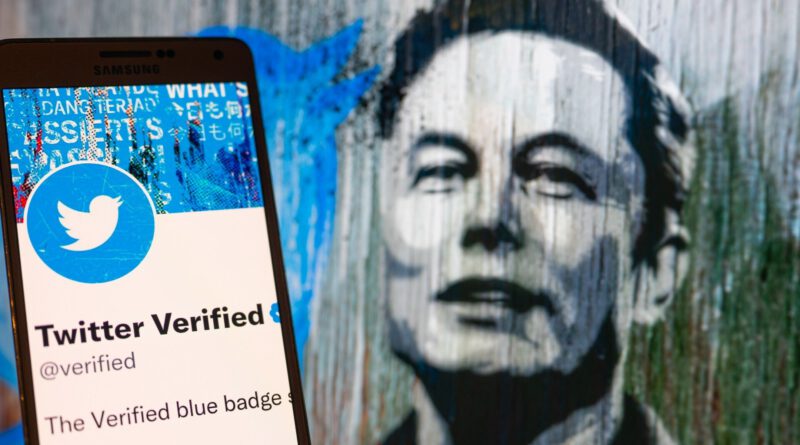Let’s face it, Twitter is not a free app anymore

You’ve likely heard of the carrot and stick routine. When you need to coerce people into doing something, shower them with gifts (carrots) on one end, and beat them with a stick (punish them for unwanted behavior) on the other.
Elon Musk is certainly familiar with this method; ever since he took over Twitter, he’s tried all he could to get users to switch to the $ 8 per month Twitter Blue subscription tier. He’s offered all sorts of carrots to subscribers, including the ability to edit tweets, post longer tweets and videos, and proudly wear the blue checkmark on their profiles.
On the stick end of the bargain, Musk’s Twitter has been taking away things from those who don’t pay. The blue checkmark used to be a way to tell which accounts were verified and real; now it’s a way to tell who’s paid to use the platform. In March, non-subscribers lost one means of two-factor authentication, an important security feature. Perhaps most importantly, verified (paid) accounts are prioritized in conversations and search, making it a lot harder for free accounts to get visibility on the platform. One feature at a time, Twitter’s been sticking it to unverified, non-paying users.
But over the past couple of days, Twitter users felt the stick particularly hard. Out of the blue (pun intended), Twitter introduced rate limits, effectively limiting how many tweets users can see in a certain amount of time.
The number, you’ve guessed it, depended on whether you were a Twitter Blue subscriber or not. Initially, “new unverified accounts” were limited to reading only 300 tweets per day; regular unverified accounts were limited to 600 posts per day, while paying subscribers were able to read 6,000 posts per day.
It was a temporary measure, Musk explained, “to address extreme levels of data scraping & system manipulation.” The company’s recently appointed new CEO, Linda Yaccarino, said that it was a matter of making “big moves to keep strengthening the platform.” And in a post recently published on Twitter’s Business blog, the company explained that it “temporarily limited usage so we could detect and eliminate bots and other bad actors that are harming the platform,” and it did it suddenly and without notice because “any advance notice on these actions would have allowed bad actors to alter their behavior to evade detection.”
Twitter’s explanation for these sudden and often radical changes is shaky. From the same blog post: “currently, the restrictions affect a small percentage of people using the platform, and we will provide an update when the work is complete. As it relates to our customers, effects on advertising have been minimal.”
I believe you can’t have it both ways; if non-subscribers can’t even read tweets past a certain, fairly low point (the rate limit numbers increased later on, but the point still stands), it’s hard to imagine advertising being effective on the platform, especially given that, last we’ve heard, the vast majority of Twitter users still aren’t subscribed to Twitter Blue.
It’s also worth noting that, by enforcing rate limits, Twitter broke its own client TweetDeck, with the fix being, once again, turning it into a Twitter Blue feature.
We’ve heard it before. Taking away the blue checkmark from non-paying users was a way to improve verification, and fight bots. Taking away SMS verification as a two-factor authentication method was beneficial because authentication apps, which remain free, are more secure.
Even if these recent changes truly are about improving the platform, Twitter has been deteriorating rapidly for users who aren’t paying for Blue. First, they lost their blue checkmarks. Then they lost visibility. They lost TweetDeck. Finally, even the ability to read unlimited tweets has (temporarily) been taken away.
It’s not just the dwindling features, it’s the uncertainty of what happens next that makes being a free Twitter user frustrating. It’s like watching a never-ending Game of Thrones episode: You’re sticking around to see which feature they’ll kill off next, until one day you’ve finally had enough. The stick has grown massive, begging the question: Is the carrot worth paying $ 8 per month?
I’ve certainly considered it. I don’t tweet often, but I’ve been a user for a decade, and I love certain aspects of Twitter: the ability to connect with a looser network of friends and acquaintances, and the ability to follow a group of experts on certain topics. But the way I’ve constantly been pushed into paying rubs me the wrong way.
I’m not alone. Every day I see people quitting Twitter or talking about it. Right now, Threads, an upcoming competitor from Meta, is trending on Twitter in the U.S., and we’ve seen similar boosts of interest in other competitors such as Mastodon or BlueSky every time Twitter “innovates.”
Despite how it sometimes feels, Twitter is far from dead. Musk has been making fun of media prematurely calling it, and he has one thing going for him: None of the competitors have come anywhere close to capturing a large market share from Twitter.
But Musk’s Twitter has been pushing its non-paying users hard in recent months, and the choice increasingly looks like pay or leave. Musk seems certain that many users will, eventually, choose the former. With Threads apparently launching very soon and Bluesky experiencing record-high traffic in the past couple of days, we may soon find out whether he was right.

